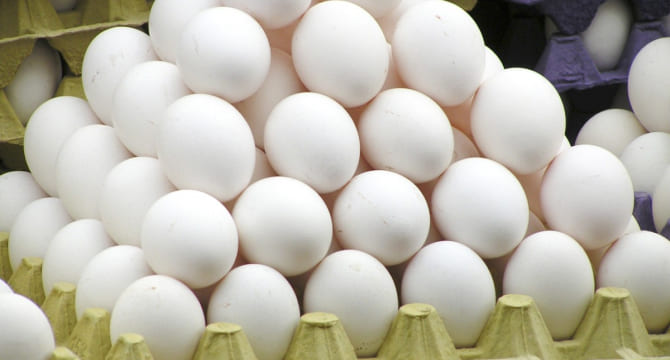
The Bird Flu and Culling
Egg prices have been high due to a combination of factors, with the primary driver being the ongoing outbreak of highly pathogenic avian influenza (HPAI), commonly known as bird flu. This disease has led to the culling (euthanization) of millions of egg-laying hens in the U.S. and other countries, significantly reducing the supply of eggs. Fewer hens mean fewer eggs, and when supply drops while demand remains steady, prices naturally rise. The impact of HPAI has been particularly severe because it spreads rapidly in poultry farms, requiring entire flocks to be culled even if only a few birds test positive. This has created a prolonged shortage that affects egg prices at the consumer level.
Increased Feed and Transportation Cost
Other factors contributing to high egg prices include increased feed and transportation costs. The cost of chicken feed, primarily made from corn and soybeans, has risen due to global supply chain disruptions, extreme weather conditions affecting crop yields, and geopolitical events like the war in Ukraine, which has impacted grain exports. Higher fuel prices also drive up the cost of transporting eggs from farms to grocery stores, adding to the final retail price. Additionally, labor shortages in the agricultural and food supply sectors have made egg production and distribution more expensive.
When Will the Price of Eggs Go Down?
Demand plays a role in keeping prices high. Eggs are a staple food, and their affordability compared to other proteins means that even when prices rise, consumers continue to buy them. Seasonal demand spikes, such as during holiday baking seasons, can further exacerbate price increases. While prices may eventually stabilize as supply recovers, these combined economic and environmental pressures mean that eggs will likely remain more expensive than they were in previous years.
